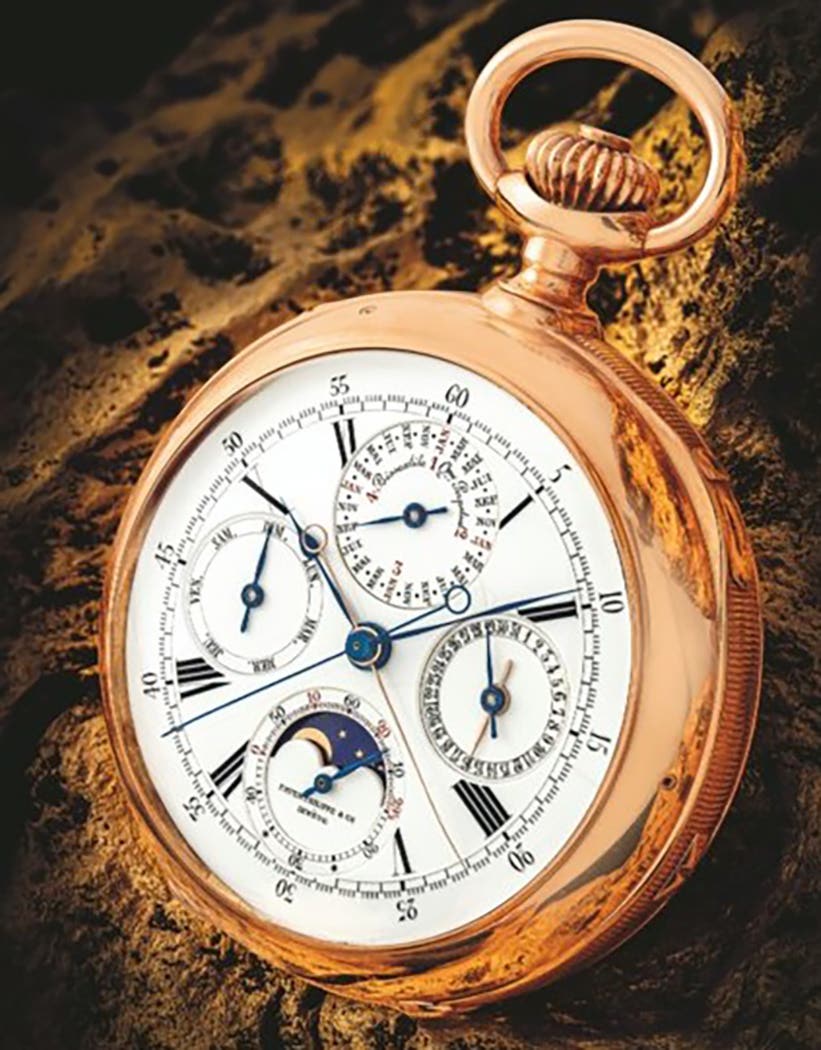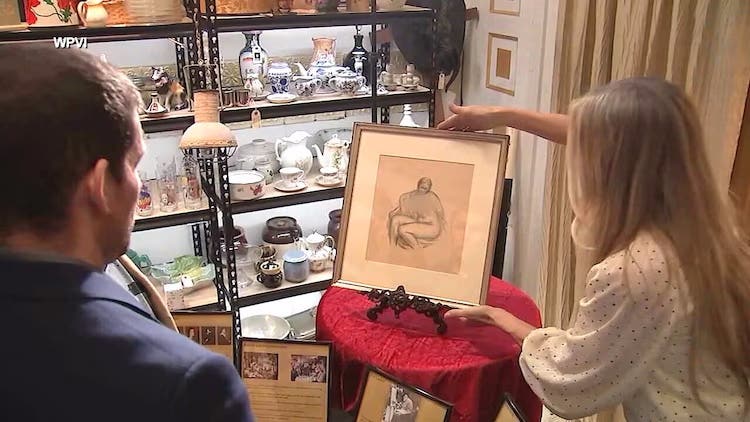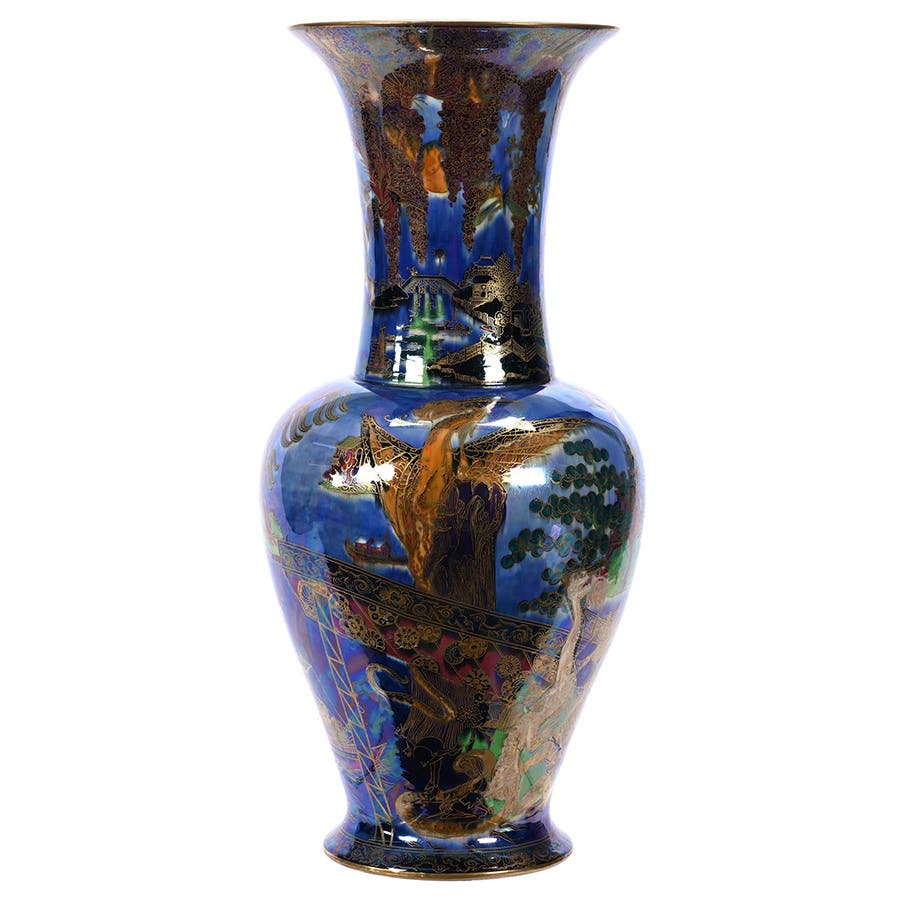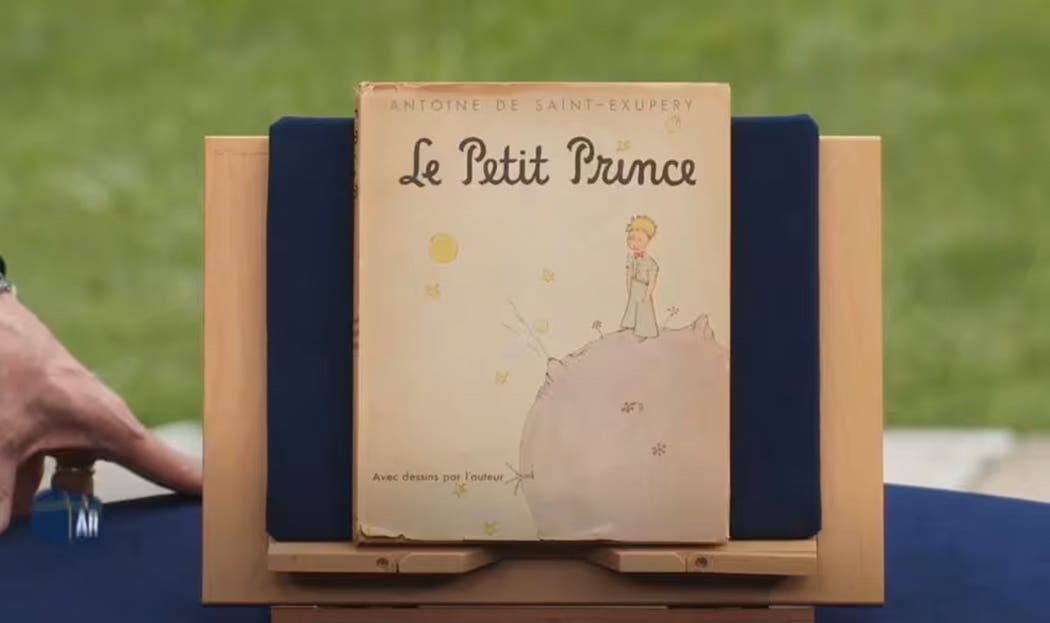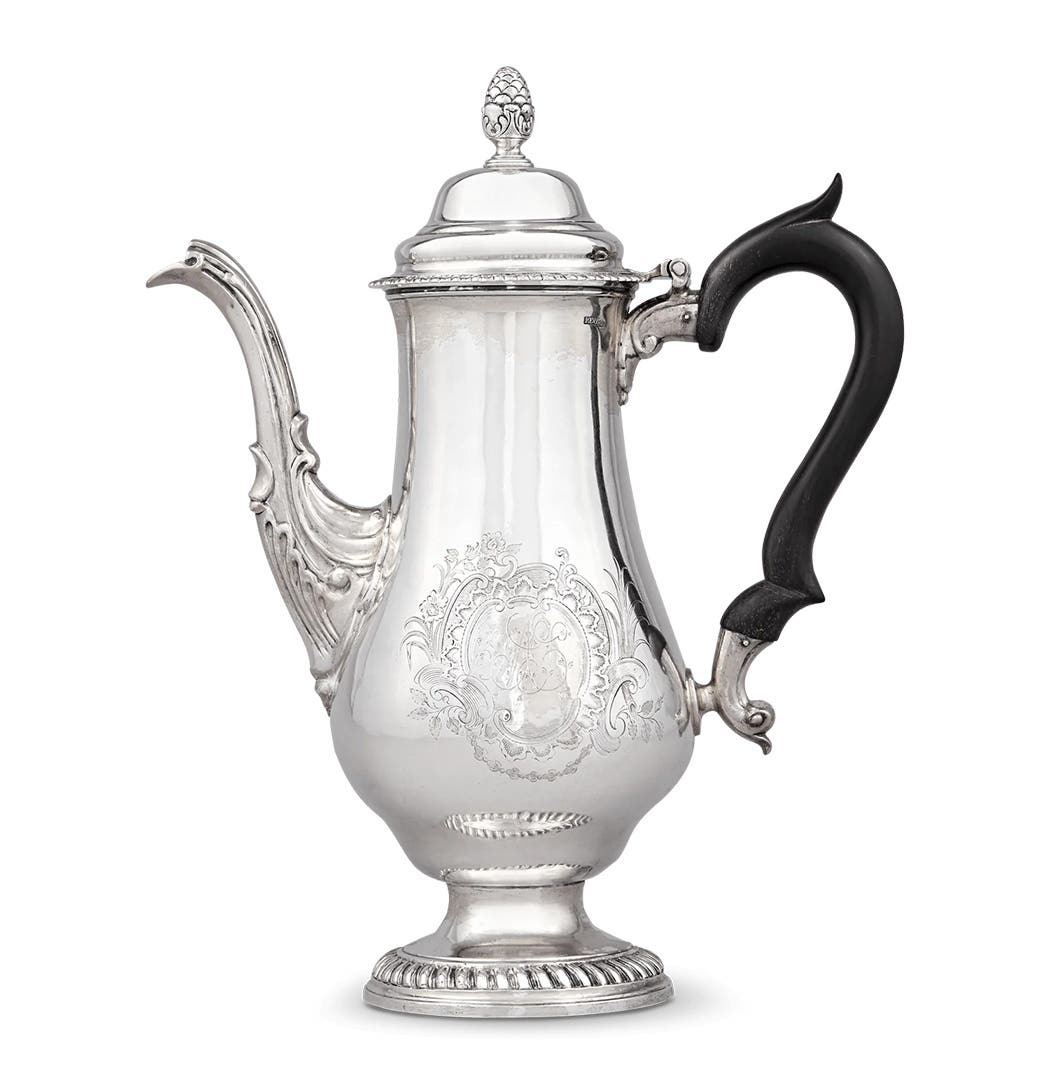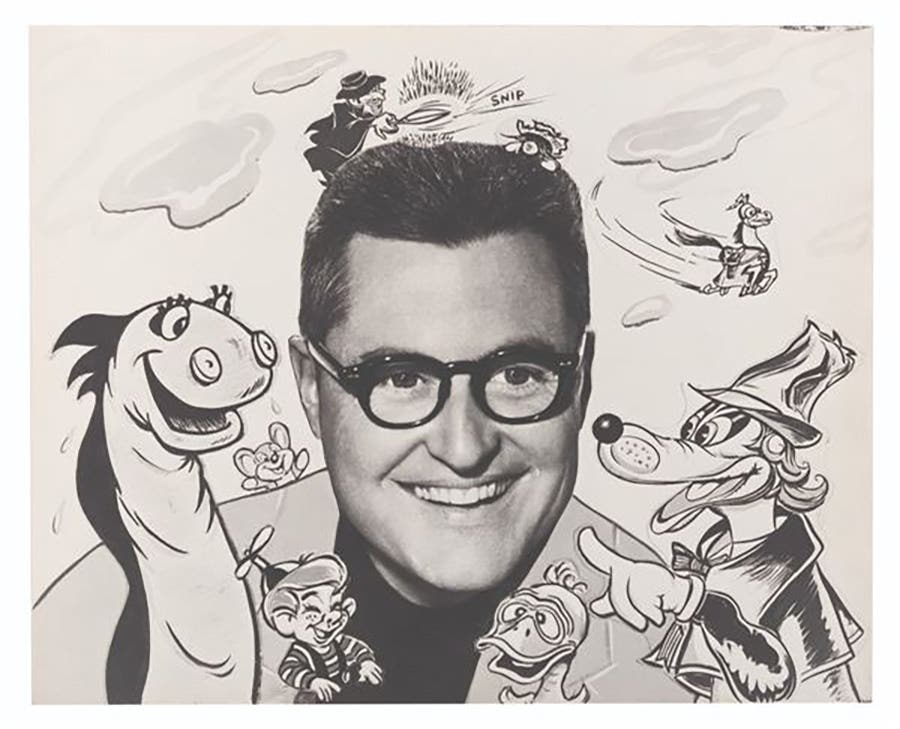Building family stories from data and conjecture
A large 19th century painting of a young girl prompted Diana Bailey Harris to trace the story of the young girl, a relative of Harris’, and the search revealed countless family stories.
Editor's Note: This guest Collector Feature was written by Diana Bailey Harris and
appeared in the March 5, 2014 print edition of Antique Trader.
A large portrait painted in 1861 by noted New York artist Seymour Joseph Guy (American, born in England, 1824-1910) came to me from my mother in 1992, but the girl’s story had been lost for decades. My sister Barbara and I discovered a folder of tantalizing clues in 2001. We learned that her name was Adèle. She married Thomas Newton Murphy, a veteran of the Civil War. Their eldest son, Charles Frederick Murphy, an attorney and New
York state senator, was our grandfather’s cousin. Charles’ wife Jeanette – who had given our mother the painting – was active in civic affairs. Jeanette must have sent the mementos along with the portrait. Mother researched the artist a little and saved her notes.
I let the mystery percolate. After seeing Guy’s works at the Metropolitan Museum of Art, the Philadelphia Art Museum and the Barnes Collection, my husband and I concluded that we should give Adèle to the Portland Art Museum (www.portlandartmuseum.org) – and that it would be more fun to do it while we could still go visit her, rather than via bequest. We stopped at a sales gallery near the museum to talk to the store owner about a picture of Venice in his window, and then about Adèle. He said he had connections at the museum and could help when we were ready.
He brought Chief Curator Bruce Guenther to see Adèle in December 2012. Mr. Guenther was delighted and said she would be a great asset for their 19th Century American Art gallery. It was like sending a daughter off to college.
Questions lurking at the back of my mind for years now assumed paramount importance. How were we related? How did her father come to have her portrait painted by a notable artist? What sort of person was she?
The folder we’d found in 2001 contained a few daguerreotypes – clearly Adèle, her parents and a brother; a tinted photo of a young boy in a Union Army uniform – perhaps another brother; a typed draft of Charles’s biography – probably for a political campaign – and several newspaper clippings about Jeanette. Now well-acquainted with Google and Ancestry.com, Library Edition – aka “FaceBook for dead people” – which has census reports, passport applications, maps, city directories and even sections of relevant reference books, I tried “Thomas Newton Murphy,” which led me to The Genealogical and Family History of Northern New York, MURPHY, Third Entry.
The uniformed boy in the tinted photo was Adèle’s future husband, not her brother: “At...sixteen...he enlisted…in the Union army…participated in Sherman’s March to the Sea …lost his left arm in the battle of Pine Knob, Georgia…admitted to the bar in 1870…began practicing law in Plattsburgh…married Adèle in 1873.”
The same article told about Adèle’s father, who transformed his French name, Juste Le
Breton dit La Lancet, into Wright Lance. Born in 1817, he was well-educated and taught school in Canada before moving to New York, where he “engaged in the construction of saw mills.”
I found a Lance/Lalancette family tree, which led to an email address for Daniel Lalancette, librarian and généaologiste extraordinaire from Quebec City. He put me in touch with Jo Ann Hatstat, Adèle’s great-great-granddaughter, from whom he’d received photos that she found in an album that belonged to Adèle! One of Wright and Adeline, c. 1890, shows an unmistakable resemblance to my older daguerreotypes.
Daniel sent me the obituary from the Plattsburgh Republican, September 10, 1897:
Mr. Lance…erected and operated the first steam sawmill in Chateaugay about half a century ago, and…engaged in the lumber business in the Saranac valleys…leaves a widow, Adeline, and nine living children: Julia (b. 1844), Mary Adeline (b. 1845), Harriet Elmira (b. 1847), Edward (b. 1850), Adèle (b. 1854), Abram (b. 1856), Frank (b. 1859), William (b. 1861), and Emma Marguerite (b. 1864).
My great-grandmother, Marguerite de Lance Gregory – my mother’s namesake – was Adèle’s baby sister.
Wright and Adeline Lance were not wealthy; his occupation is listed as “sawyer,” “files saws at mill” and “boss filer” in Census Reports. The teenage daughters at home are noted as “tailoress,” “seamstress” and “milliner.” Their mother Adeline must have taught them and made the intricately pleated, eyelet-embroidered dress in the painting.
Guy was one of several artists who founded the Brooklyn Art Social in 1859, “aimed at getting patrons to view and purchase paintings in a convivial setting.” As a mill boss, Wright Lance occasionally must have gone from Plattsburgh to New York City to negotiate contracts. Well-educated and a former teacher, he probably went to one of those Art Socials. Gazing at a charming painting of a girl gathering flowers, he may have thought, “If Seymour Guy can paint his daughter picking flowers on the beach, why not a painting of Adèle with her Newfie?”
Not having a lot of money to spare, he would have approached the artist with a creative proposition: His wife Adeline could make a beautiful dress or two for Guy’s wife Anna and two young daughters, ages 8 and 4, as partial payment for a portrait of Adèle.
Guy must have come to Plattsburgh, but Adèle would not have posed for the portrait. Like many artists of the time, Guy photographed his subjects and their surroundings, then created the painting in his studio.
The Lance family home was a couple of blocks from Lake Champlain; Guy embellished it with a forest background. Adèle and her Newfoundland likely played and waded along the shore. In the painting, the Newfie eagerly waits for her to throw the red ball far out into Lake Champlain. Adèle was eager, too; she didn’t even change clothes after church. The ring on her finger and exquisite dress tell us that she has made First Communion.
Twelve years later, 19-year-old Adèle married the 28-year-old lawyer Thomas Newton Murphy. He took her 80 miles northwest from a bustling town of several thousand to live in
a small village near where he grew up. They had seven children over the next 18 years.
Their house had a separate side entrance for his ground-floor office and a second side entrance to the back stairs. As was customary, Adèle’s bedroom and sitting room were at the top of these stairs.
Thomas also bought a farm outside town and brought in a tenant to manage it. An itinerant lawyer who went from town to town about the county, Thomas spent less and less time at home.
He filed for divorce on June 20, 1898, claiming Adèle had committed adultery with four men “at diverse times” and was “a prostitute for pay.” He demanded sole custody of the three youngest children.
Adèle’s great-great-granddaughter Jo Ann sent me her typed transcript of handwritten court records. Testimony given by Thomas and the farm tenant must have been have been humiliating, yet Adèle refuted the accusations in court and countered that Thomas was the adulterer. However, the judge awarded custody to Thomas and decreed that he could marry again, but Adèle could not. Thomas took the children to Michigan, where his mother lived, and married Addie Crandall, the “other woman.” That marriage lasted a year.
He returned to New York with the children. Then, it seems, everyone but Thomas and Adèle tried to disguise the fact of the divorce.
Adèle died in 1917 and Thomas in 1929. Their eldest son Charles, who arranged both burials in Plattsburgh, N.Y., ensured they shared the same headstone.
Wright Lance gave the portrait to Adèle; she gave it to Charles and Jeanette; Jeanette gave it to my mother in 1960.
About the contributor:Diana Bailey Harris wrote "Reflections of a Civil War Locomotive Engineer: a ghost-written memoir," and is in the process of writing "Women.Absent.Men." To learn more about Diana visit www.illuminatehistory.com
[relatedPosts]



